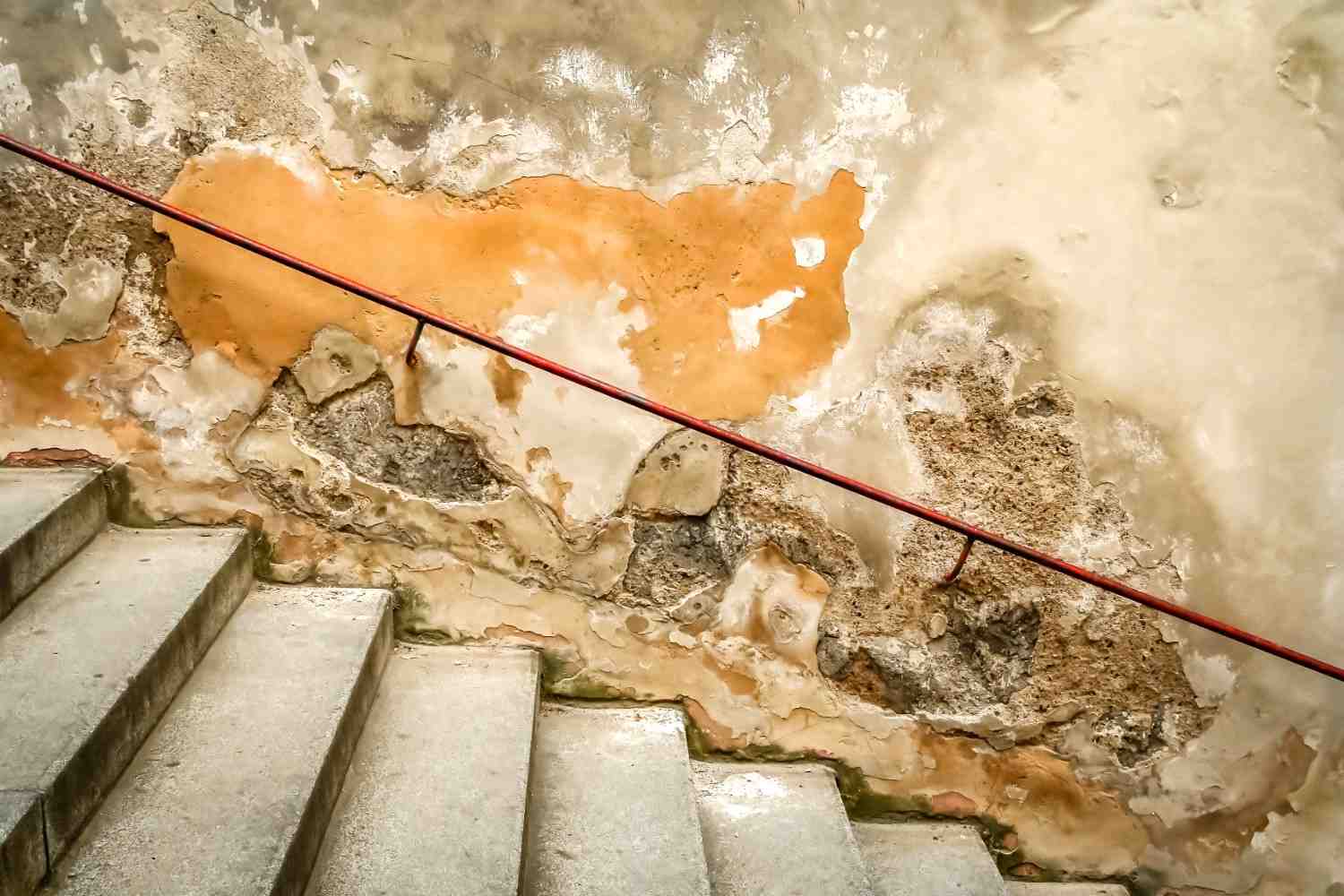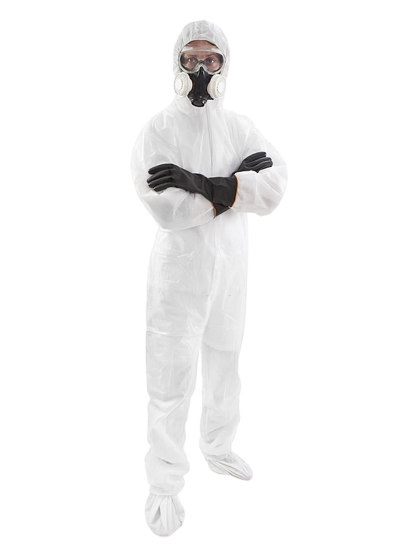Mold is a common issue that can affect any property, whether residential or commercial. It thrives in damp environments and can pose serious health risks if left untreated. This guide aims to provide a thorough understanding of mold inspection and remediation, outlining the processes involved, the importance of timely action, and how to prevent mold growth in the future.

Image Source: https://pixabay.com/
What is Mold?
Mold is a type of fungus that exists both indoors and outdoors. It plays a crucial role in the ecosystem by breaking down organic matter. However, when mold spores find a damp surface, they can proliferate rapidly, leading to potential health hazards and property damage.
Types of Mold
There are thousands of mold species, but only a few are commonly found in homes. Some of the most prevalent types include:
- Aspergillus: Often found in homes, it can cause respiratory issues.
- Cladosporium: Typically appears as dark green or black spots and can trigger allergies.
- Stachybotrys chartarum: Commonly known as black mold, it can produce mycotoxins that are harmful to health.
Health Risks Associated with Mold
Exposure to mold can lead to various health problems, particularly for individuals with allergies, asthma, or weakened immune systems. Symptoms may include:
- Coughing and sneezing
- Itchy or watery eyes
- Skin rashes
- Respiratory issues
The Importance of Mold Inspection
Mold inspection is a critical step in identifying and addressing mold issues in a property. Unlike standard home inspections, mold inspections focus specifically on detecting mold presence and assessing the extent of the problem.
When to Schedule a Mold Inspection
There are several scenarios where a mold inspection is advisable:
- After Water Damage: If your property has experienced flooding or leaks, it’s essential to check for mold growth.
- Before Buying a Home: A thorough inspection can uncover hidden mold issues that may not be visible during a standard home inspection.
- Post-Remediation: After mold removal, a follow-up inspection ensures that the problem has been fully addressed.
What to Expect During a Mold Inspection
A typical mold inspection involves a visual assessment of the property, focusing on areas prone to moisture, such as basements, attics, and bathrooms. Inspectors may use specialized tools, such as moisture meters and thermal imaging cameras, to detect hidden mold.
Understanding Mold Testing
While mold inspection identifies the presence of mold, testing provides more detailed information about the type and concentration of mold spores in the air.
Types of Mold Testing
There are several methods for testing mold, including:
- Air Sampling: Collecting air samples to analyze the concentration of mold spores.
- Surface Sampling: Taking samples from surfaces where mold is visible to identify the specific type of mold present.
- Bulk Testing: Analyzing materials suspected of harboring mold, such as drywall or insulation.
Interpreting Mold Test Results
Mold test results can be complex and may vary based on environmental conditions. It’s essential to consult with a mold professional to understand the implications of the findings and determine the best course of action.
The Mold Remediation Process
Mold remediation is the process of removing mold from a property and addressing the underlying causes of mold growth. This comprehensive approach ensures that mold does not return.
Steps Involved in Mold Remediation
- Assessment: A thorough inspection to identify the extent of the mold problem.
- Containment: Sealing off affected areas to prevent mold spores from spreading during the removal process.
- Removal: Safely removing mold-infested materials and cleaning surfaces with specialized equipment.
- Disinfection: Applying antimicrobial treatments to eliminate any remaining mold spores.
- Restoration: Repairing and restoring affected areas to their original condition.
Importance of Professional Remediation
While DIY mold removal may seem tempting, it can often lead to incomplete remediation and further mold growth. Professional mold remediation services have the expertise and equipment necessary to effectively eliminate mold and prevent its return.
Preventing Future Mold Growth
Once mold has been removed, it’s crucial to implement preventive measures to avoid future infestations.
Key Prevention Strategies
- Control Humidity: Keep indoor humidity levels below 60% using dehumidifiers and proper ventilation.
- Fix Leaks Promptly: Address any plumbing or roofing leaks immediately to prevent moisture accumulation.
- Improve Ventilation: Ensure proper airflow in areas prone to moisture, such as bathrooms and kitchens.
Regular Maintenance
Conducting regular inspections and maintenance can help identify potential mold issues before they escalate. This includes checking for leaks, ensuring proper drainage around the property, and maintaining HVAC systems.
The Cost of Mold Inspection and Remediation
Understanding the costs associated with mold inspection and remediation can help homeowners budget for these essential services.
Average Costs
- Mold Inspection: Typically ranges from $300 to $500, depending on the size of the property and the complexity of the inspection.
- Mold Remediation: Costs can vary widely based on the extent of the mold problem, with small jobs starting around $850 and larger projects exceeding $20,000.
Factors Influencing Costs
Several factors can affect the overall cost of mold services, including:
- Size of the Affected Area: Larger areas with extensive mold growth will require more time and resources to remediate.
- Type of Mold: Certain types of mold may require specialized removal techniques, impacting costs.
- Accessibility: Difficult-to-reach areas may increase labor costs.
Conclusion
Mold inspection and remediation are vital components of maintaining a healthy indoor environment. By understanding the processes involved and taking proactive measures, homeowners can protect their properties from the harmful effects of mold. Regular inspections, prompt action after water damage, and professional remediation services are essential for ensuring a mold-free home.
If you suspect mold in your property, don’t hesitate to contact a qualified mold inspection professional to assess the situation and recommend the best course of action. Your health and safety depend on it.



